It’s Friday, and at BikeRadar that means fresh product for your work-weary eyes.
This week we’ve got DT Swiss’s newest premium 180 hubs, the what’s-old-is-new Bivi Bunker mountain-gravel thing, Unior’s delightful new hanger tool, and Pulseroll’s big red vibrating roller.
If talk of big red vibrating things isn’t enough to tickle your pickle, this week we also got the lowdown on Giant’s newest, beefiest e-MTB, we’ve scintillated directly into your ears in the latest BikeRadar podcast, and we’ve marvelled at Altor’s comically steroidal bike lock.
Focus showed off its 2020 bike highlights, we updated our advice on the best GPS bike computers, and our Seb gave us his first ride impressions of Canyon’s bargainous Spectral Al 5.0 trail bike.
Onto this week’s swag...
DT Swiss 180 Straightpull hubs
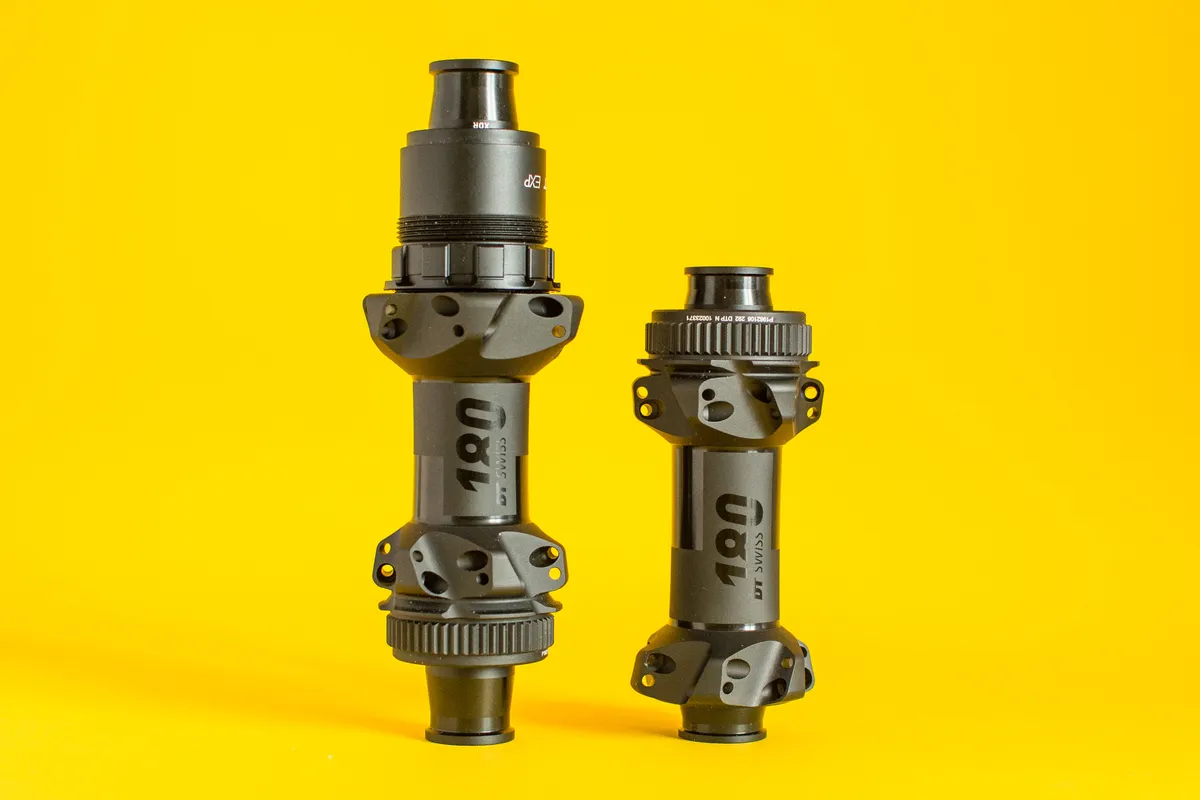
DT Swiss is a benchmark for quality when it comes to wheel components, and its hubs, in particular, have long been a go-to for wheelbuilders.
The 180 Straightpull is DT’s new flagship hub and it’s available in mountain bike, road rim brake and road disc brake configurations.
All major axle types and freehubs (including Shimano Micro Spline) are supported and the hubs are available in hole counts from 20 to 28 depending on version.
As the name suggests, they’re straight-pull only, an interesting move from a brand that has hitherto always offered J-bend versions of its hubs.
According to DT’s UK rep, there are no plans for a classic flange version at the moment because straight-pull is inherently better from a strength-to-weight perspective.
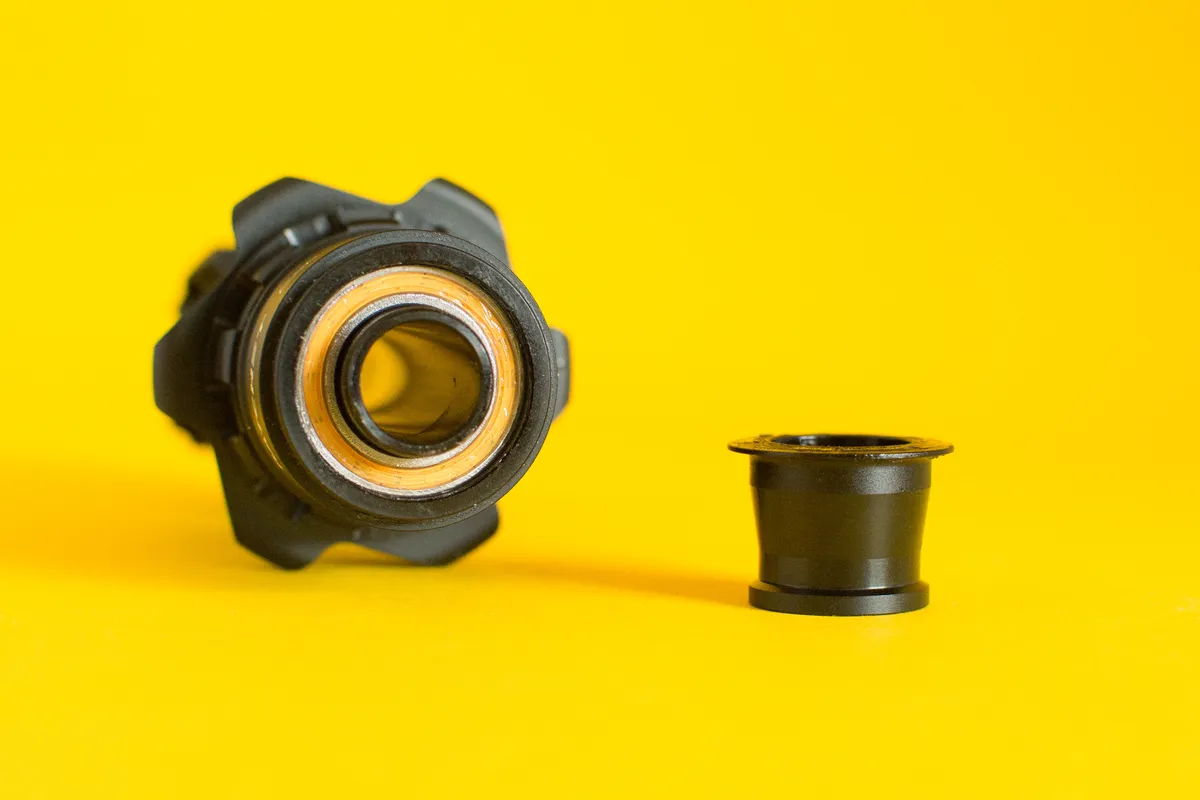
This is hard to argue with, although it’s worth noting that aero-section spokes will be all but mandatory with these as a result, because round spokes plus straight-pull is a recipe for headaches down the line if nipples start to seize.
The new 180s feature DT’s latest Ratchet EXP freehub design (we first saw it on the very fancy clinchers that nine-grand Canyon was wearing), the newest iteration of the highly dependable ‘star ratchet’, wherein two ratchet rings are pushed against one another by a spring.
Ratchet EXP claims to increase hub stiffness by 15 percent by pushing the driveside axle bearing further to the right so that it sits inside the inner ratchet ring, rather than next to it. The total parts count is lower, and just one spring is used rather than two as in the old design.
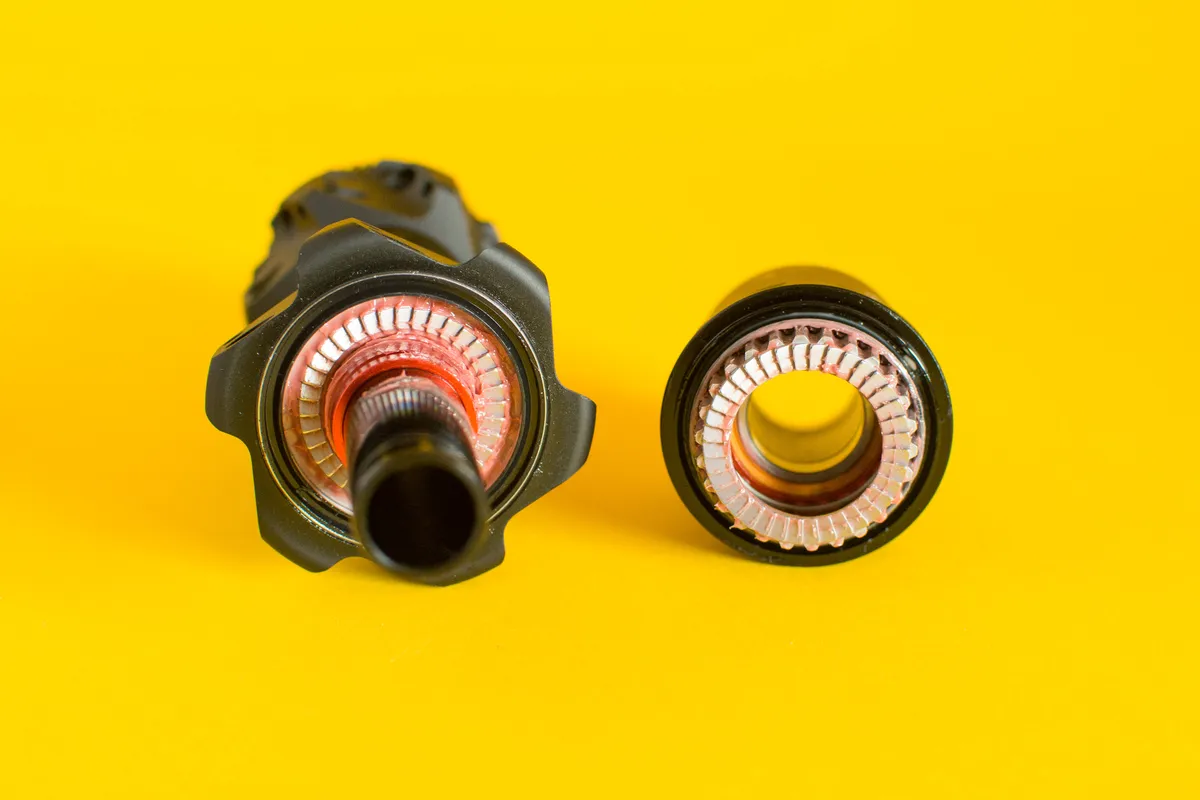
The 180s’ bearings are ceramic for low rolling resistance, and this pair of 24-hole road disc hubs (with an XDR driver) weighs in at 92g for the front and 178g for the rear on our scales.
- Front hub: from £229.99 / $379.80 / €261.90
- Rear hub: from £419.99 / $706 / €486.90
- Find out more at DTSwiss.com
BiVi Bunker Malvern bike
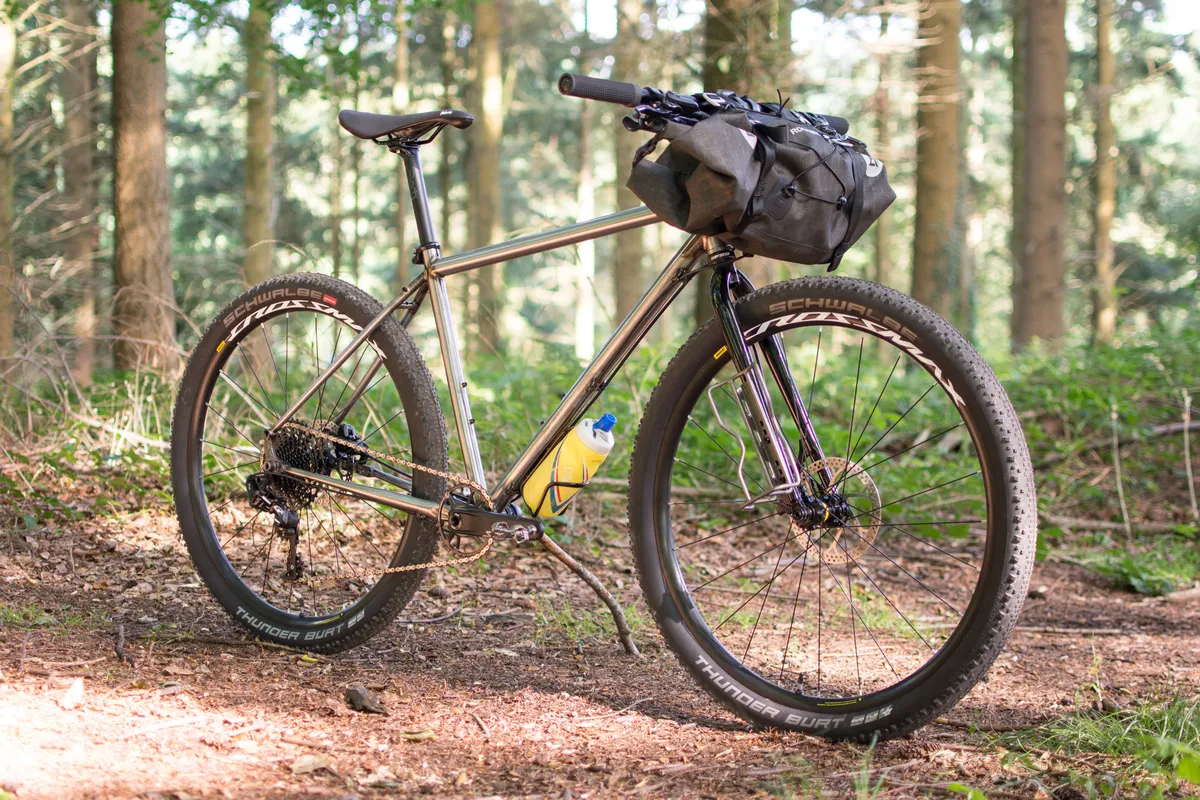
At BikeRadar we never seem to tire of debating what actually defines different categories of bikes. Are gravel bikes just gussied up 'crossers? Or mediocre mountain bikes? Does it matter?
The steel BiVi Bunker only throws further confusion into the mix. With flat bars and decidedly old-school geometry, it’s either an achingly trendy gravel bike or a rigid MTB throwback. Or both.
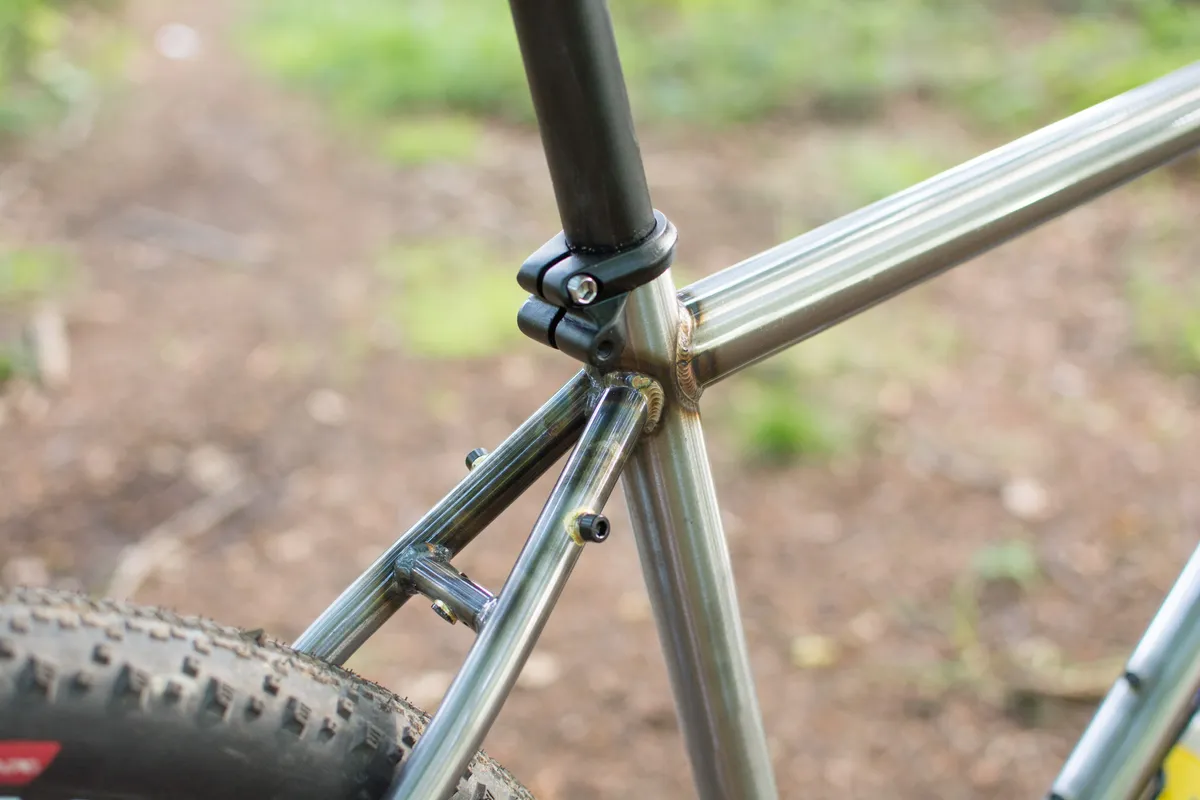
The Bunker frame is a striking thing in this raw finish with delightfully blued welds. Slender tubes, external cables and a threaded bottom bracket make for an appealingly simple package.
Currently available in just one medium-ish size, the BiVi’s reach would be on the long side for a bike with drop bars at 395mm, but it’s properly short compared to current trail bikes, necessitating a stem length that’s more road than mountain bike these days.
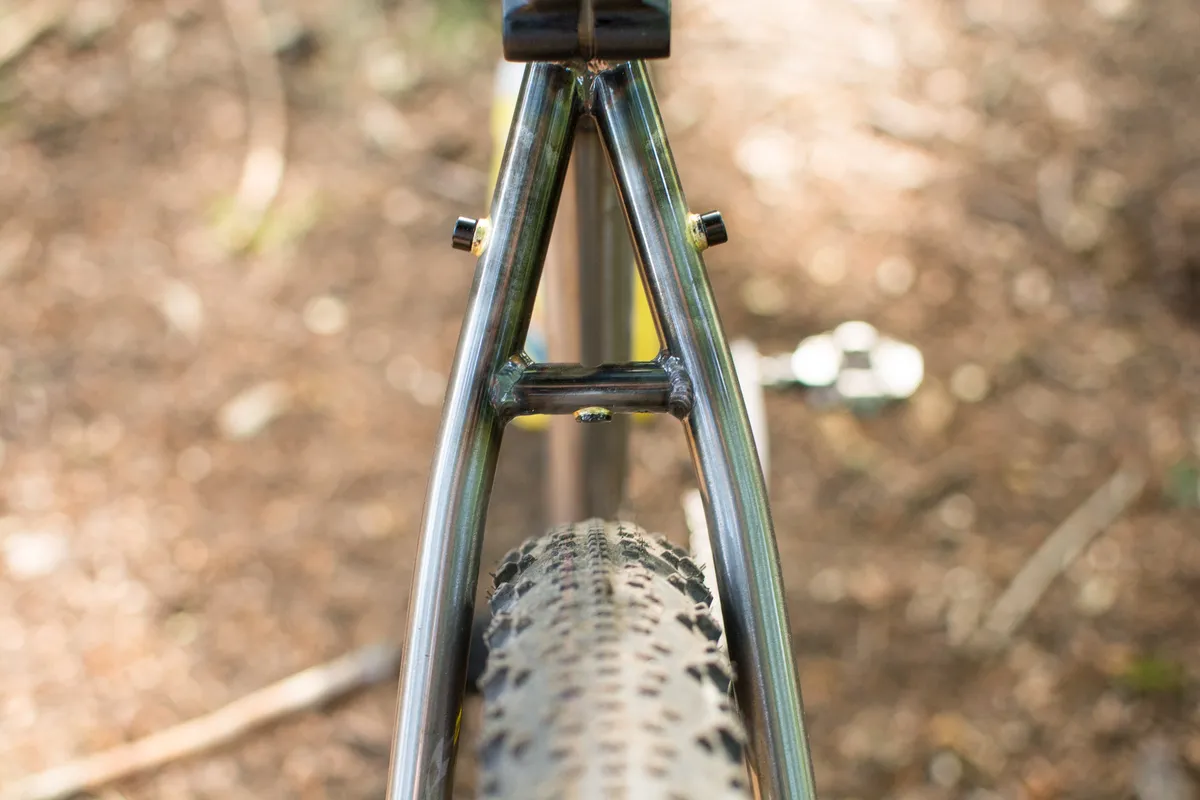
Retro is kind of the point here though — this build is called the Malvern and it’s BiVi founder Fraser Barsby’s way of revisiting the bikes of his youth.
The Bunker weighs 11.8kg with SRAM GX 1×11, Mavic Crossmax wheels and Clarke brakes.
- £399 frame
- £139 fork
- £1,399 complete bike
- Buy now at BiViBikes
Unior Hanger Genie alignment tool
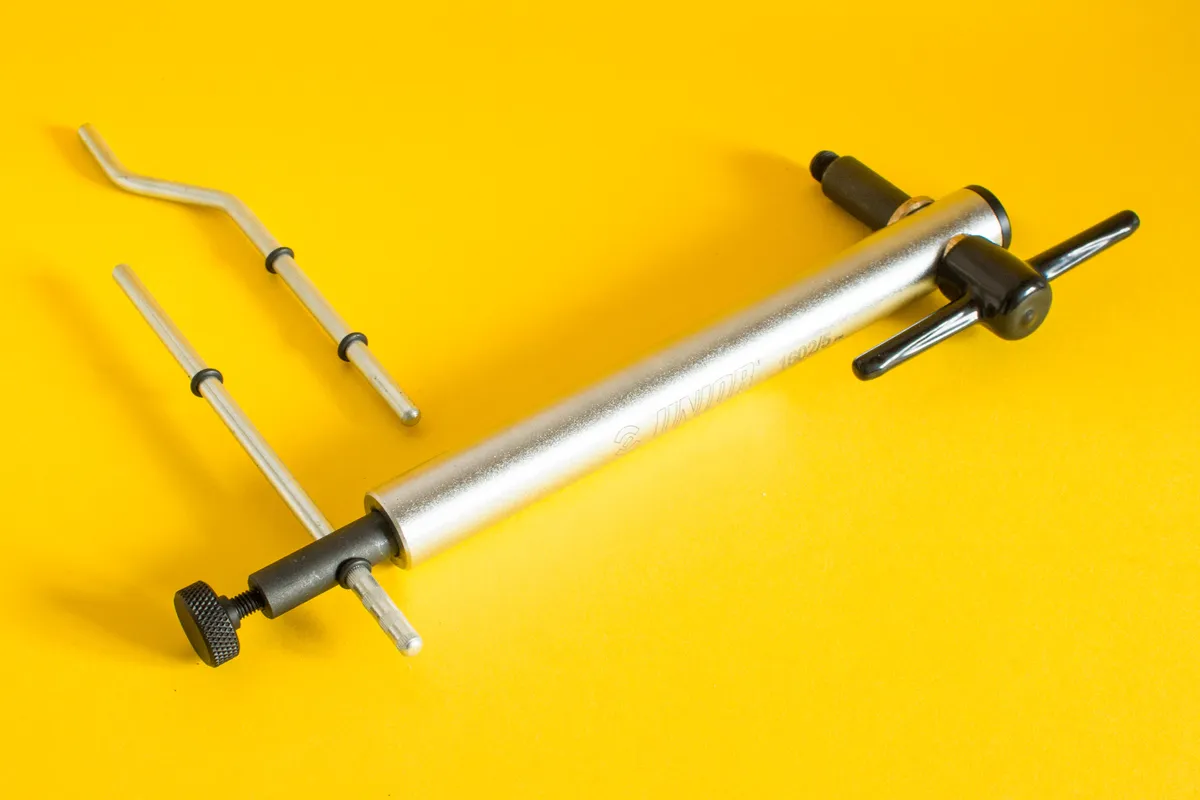
Good tools make working on your bike a pleasure rather than a chore, and as a result, we think they’re never a bad investment.
The Hanger Genie from Unior is a premium derailleur hanger alignment tool that appears to be delightfully well made.
Compatible with wheels sized from 20in to 29in+, the Hanger Genie is a reassuringly hefty object without the slightest bit of slop or play in any of its moving parts.
The hardened steel section that threads into the hanger has a good-sized handle with a rubbery covering for grip, and it sits in what appears to be a chunky brass bushing.
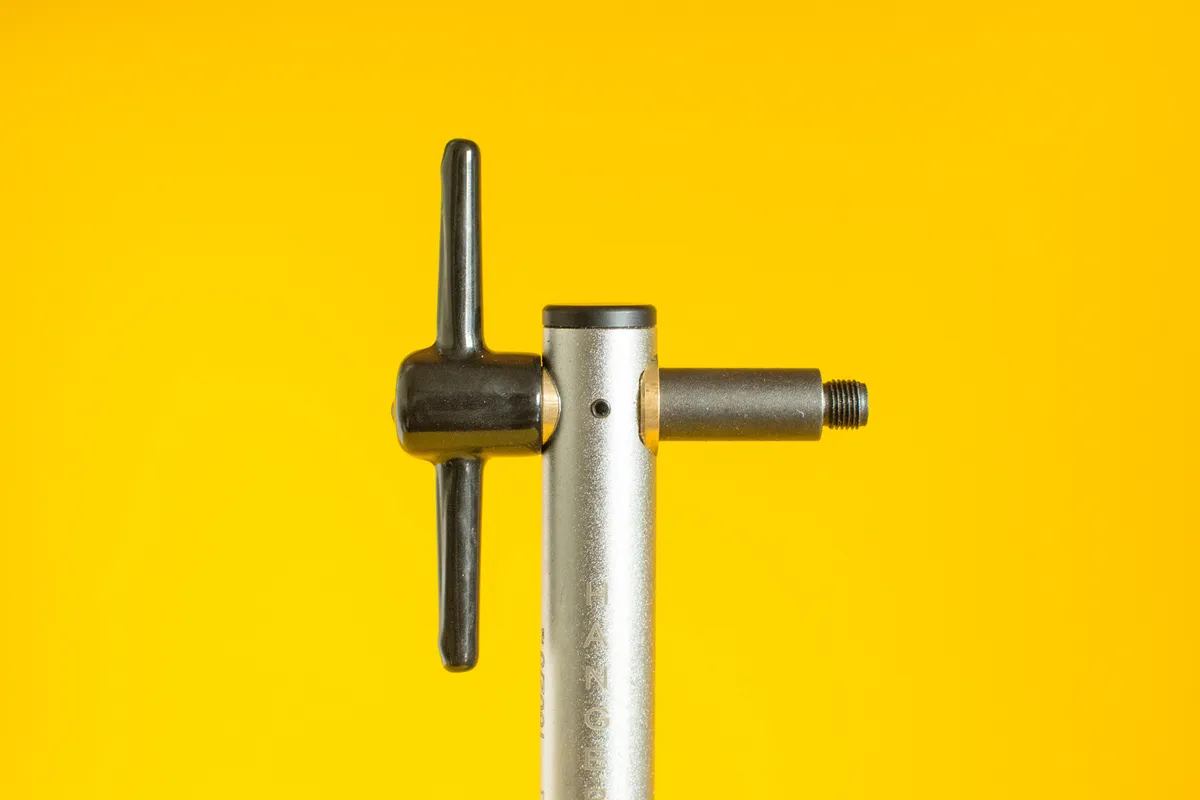
At the other end, the indicator shaft is prevented from sliding too freely by a sprung ball-bearing, while a beefy knurled knob secures it fully when taking a ‘reading’.
The inner shaft extends outwards to suit different rim diameters and the really useful part is how the whole thing rotates, meaning that you can move it to clear the frame as you check alignment at different angles, without losing your measurement.
The rotating action is heavy and smooth, exactly what you want to ensure consistent results. Oh, and there’s an additional offset indicator shaft for the smallest rims.
- $129.99 / €119.99 / AU$199.99
- Find out more at uniortools.com
Pulseroll Vibrating Foam Roller Pro
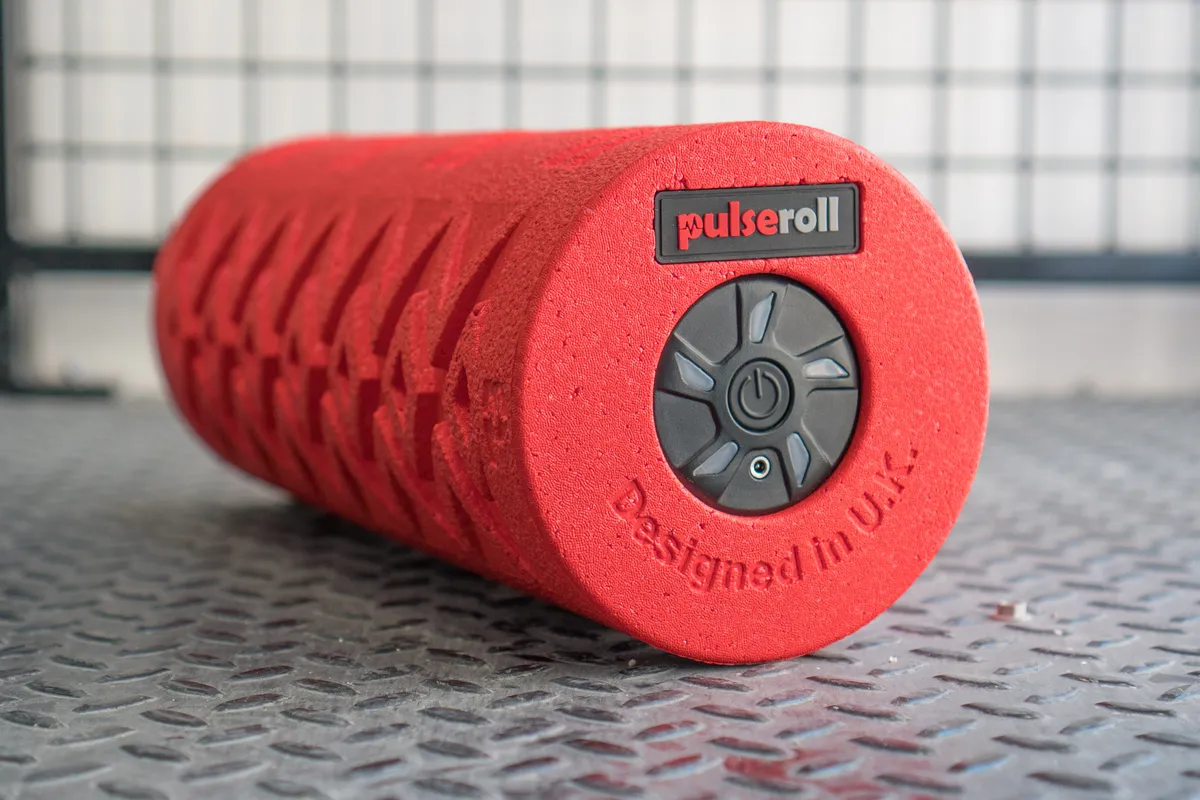
A foam roller is an invaluable tool for beating the living daylights out of tense muscles post-ride. If you suffer from assorted muscular aches and pains, it’s the next best thing to having your own soigneur on call with a bucket of sensual massage oil.
Imagine though, if you can, that a regular old cylinder of foam just isn’t… exciting enough.
Enter the Pulseroll, a foam roller that vibrates with such intensity that it will, given the chance, skitter across the floor and startle passing BikeRadar staff.
https://www.instagram.com/p/B1EMGlLBpNn/
Comedy value aside, the Pulseroll claims to work better than traditional foam rollers, offering “high penetration muscle relief” thanks to its adjustable vibrating action.
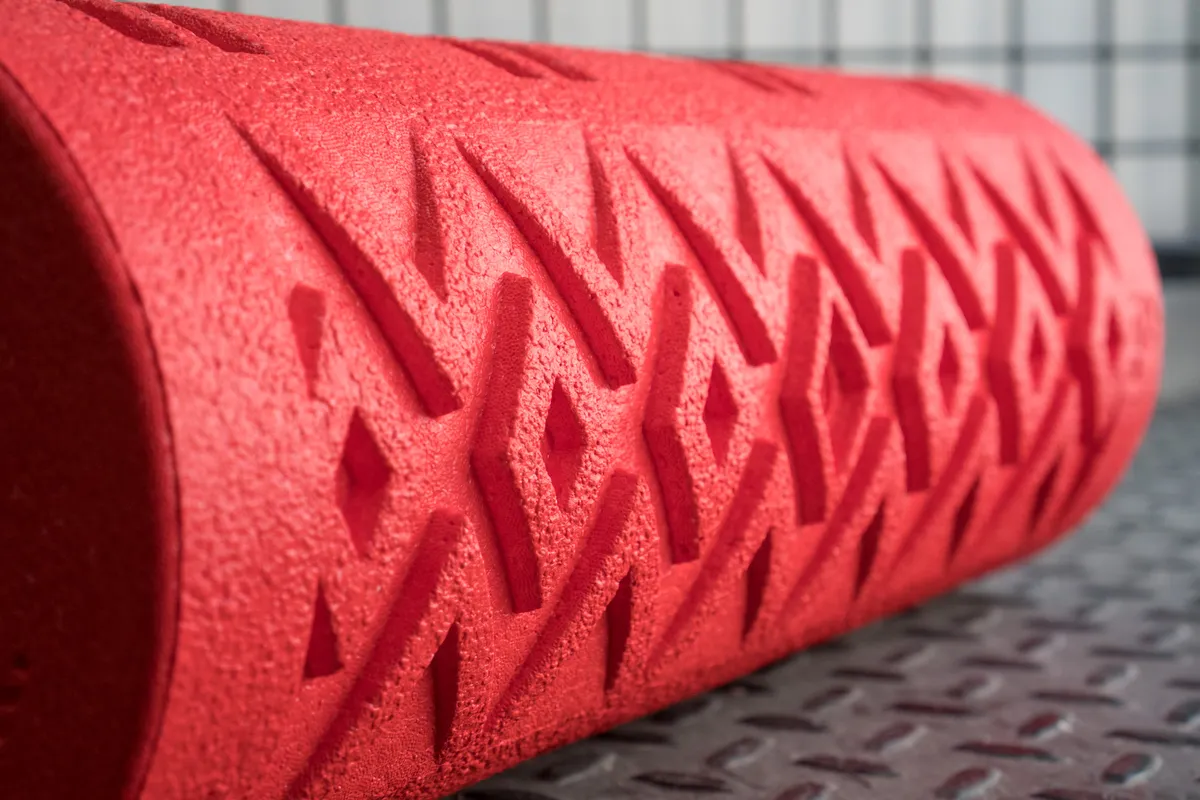
The roller houses a vibrating unit and a rechargeable lithium-ion battery, and is controlled by a small remote.
Once switched on, clicking the remote cycles between three vibration levels (2,000rpm, 2,700rpm, and 4,000rpm) and a fourth mode which switches continuously between the three speeds.
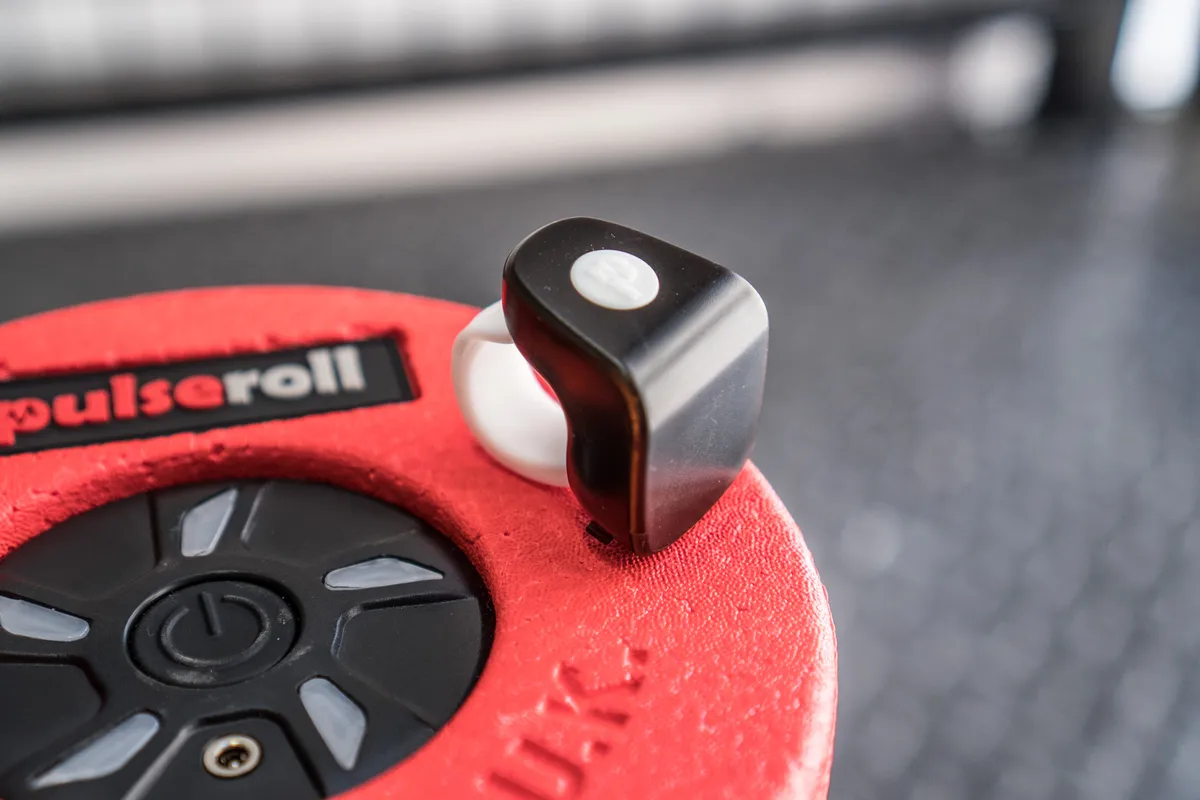
Claimed battery life is up to four hours, which you’d hope would be enough to satisfy even the most tantric of self-massagers.
- £119.99
- Buy now at Pulseroll.com (Get 10 percent off with code PULSE10)
